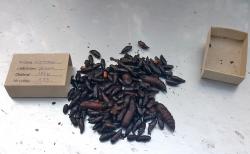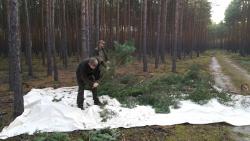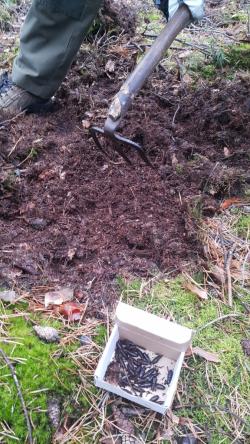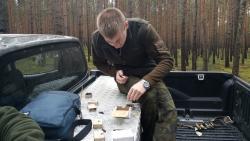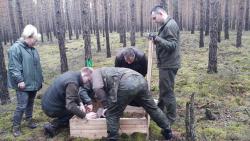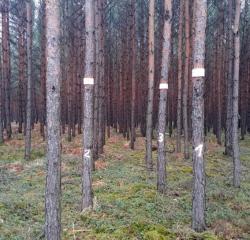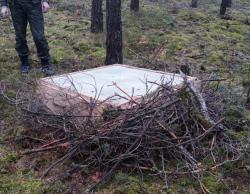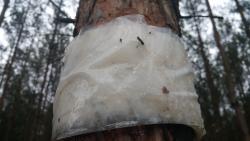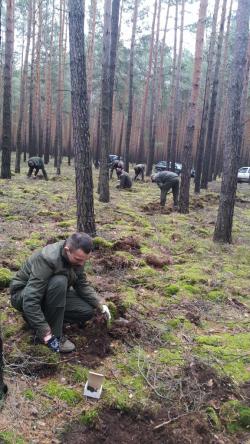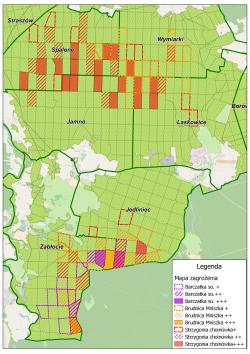 Asset Publisher
Asset Publisher
The State Forests National Forest Holding
The State Forests National Forest Holding is the largest organisation in the European Union managing forests, which belong to the State Treasury and celebrating its 90 anniversary this year.
Presently, we manage the area of one third of Poland's territory. Not long after the end of the Second World War, there was only 21 % of the area. Every year we plant 500 million of new trees, as we want Polish forests grow all the time.
Every year Polish foresters plant 500 million of trees.
85 % of nature reserves in Poland are located within the State Forests. 40 % of the forests managed by General Directorate of the State Forests are protected within the framework of European network Natura 2000. We fight against many threats: natural disasters, plaques of insects, trees' diseases, fires, pollutions, as well as poaching and vandalism.
We take care the forestry supplying the market with timber, as ecological and universal material, to be carried on in accordance with rules of balanced development (photography P.Fabjański).
One of our major tasks is making forests accessible to the society. We invite you to take advantage of these beautifully located within the forest wilderness holiday resorts, forester's lodges or guest rooms. That is for you, we create thousand kilometres of hiking trails, cycling paths or camping sites. All the above mentioned, you can find in service www.czaswlas.pl.
We also take care the forestry supplying the market with timber, as ecological and universal material, to be carried on in accordance with rules of balanced development. We obtain over 30 million of cubic meters of wood annually, twice as much as at the beginning of the nineties of the XX century.
Despite of this, the average of wood abundance per hectare of our forests is one fourth bigger than 20 years ago and 40% bigger than the average of European Union currently amounts.
In Poland in sectors connected with the forestry, there work about 375 thousand of people. It means that each 40 working Pole works in the forest.
In Poland in sectors connected with the forestry, there work about 375 thousand of people. It means that each 40 working Pole works in the forest. The sector of wood processing works out approximately 8 % of our GDP (Gross Domestic Product). Among others, thanks to the timber from the State Forests Poland is the 10 largest producer of furniture in the world, and the 4 largest furniture exporter.
The State Forests employ 25 thousand people. That way we are the 9 biggest employer in Poland. Among the largest companies in our country it takes 22 place in respect of its incomes and 11 place in respect of its profits. The value of assets, we manage, reaches 300 million zl. If we add social values, it will be worth one billion zlotych. We do not use money from the budget, but we earn money on our own to support the business. In spite of the financial crisis, since 2002, we continuously note down profits. Moreover, we pay taxes amounting 1,3 billion zl annually.
87 % of Poles think, the foresters are competent. We willingly share our knowledge of Polish forests, of their history and of nature values with the others. We publish books, periodicals, brochures; we also administer the website www.lasy.gov.pl . For children, the youth and teachers, we prepared internet service "E-lynx' Lynx Forest" (www.erys.pl). Our staff has supported schools in field of nature education for years. We also organise many actions to let people broaden their knowledge about forest, nature and ecology.
 Asset Publisher
Asset Publisher
Szkodniki owadzie znowu w natarciu.
Szkodniki owadzie znowu w natarciu.
W Nadleśnictwie Wymiarki w 2018 roku zagrożenie od szkodliwych owadów będzie obejmować obszar ok. 4 775 ha.
Regularnie pojawiające się problemy z gradacyjnym występowaniem niektórych gatunków owadów spowodowane są głównie tym, iż na przeważającym obszarze RDLP w Zielonej Górze występują ubogie w gatunki drzewostany sosnowe, rosnące na słabych glebach. Masowe występowanie szkodników pierwotnych tych drzewostanów notowano już przed II WŚ i niezmiennie trwa ono do dziś. W związku z tym, na szeroką skalę prowadzone są nie tylko prace diagnostyczno-prognostyczne ale także działania na rzecz poprawy odporności drzewostanów, m.in. poprzez retencjonowanie wody czy też wzbogacanie ich składów gatunkowych.
Zagrożenie wystepuje przede wszystkim od:
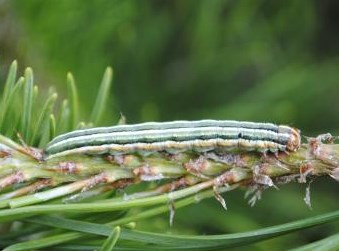
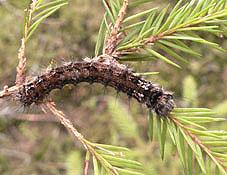
strzygoni choinówki - ponad 23 tyś. ha, brudnicy mniszki - blisko 23 tyś. ha.
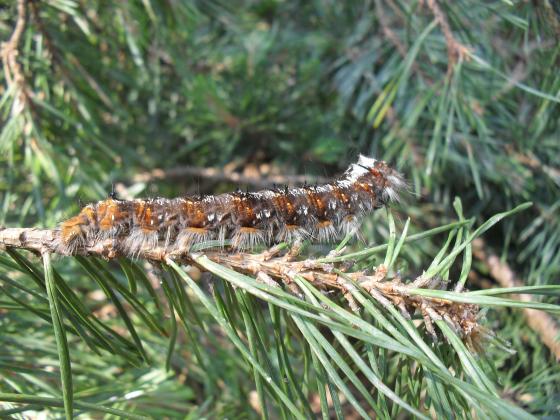
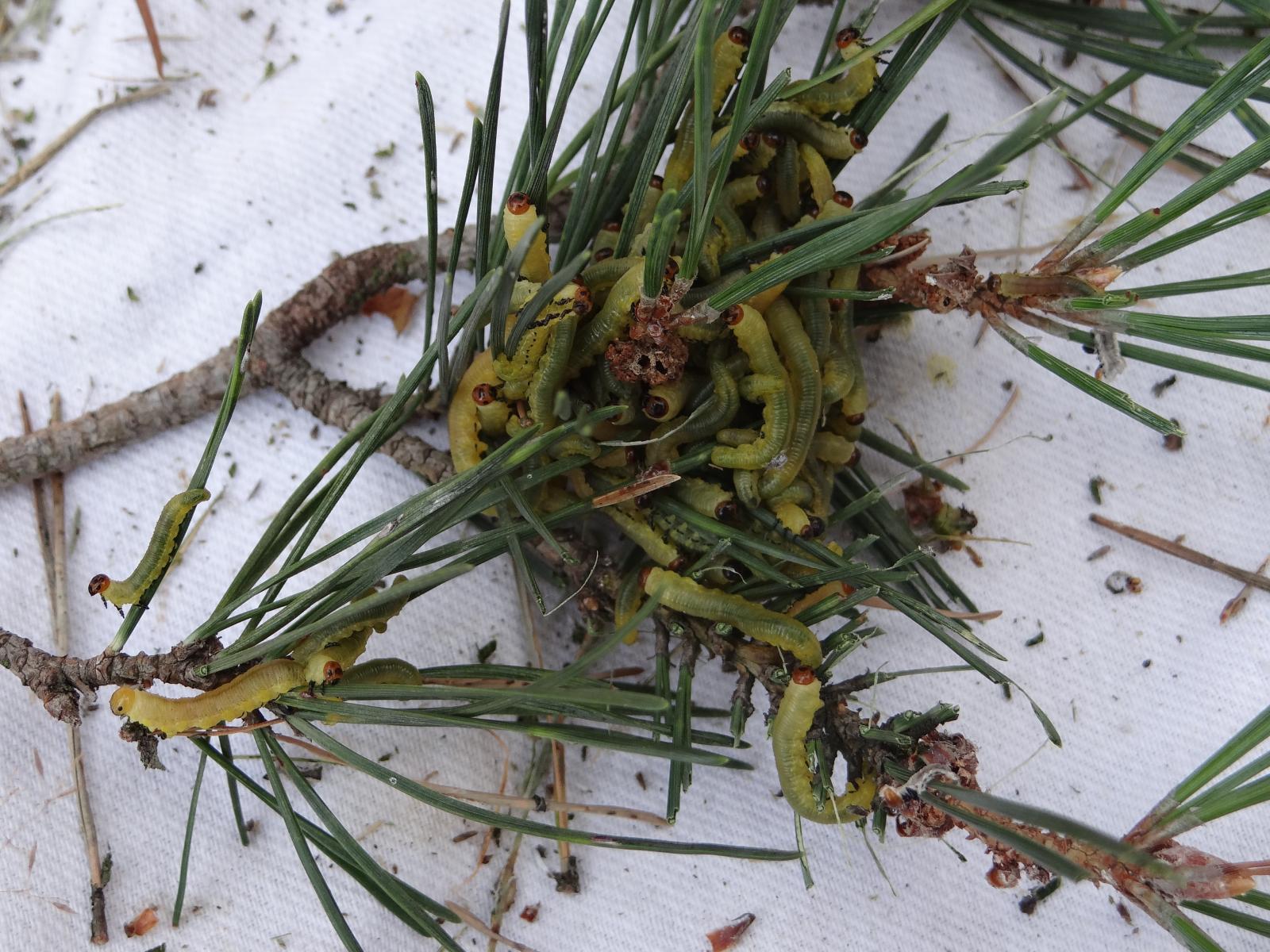
barczatki sosnówki - blisko 21 tyś. ha boreczników - ok. 300 ha.
W celu określenia dokładnego zasięgu i faktycznego rozmiaru zagrożenia w Nadleśnictwie Wymiarki zostały powołane tzw. Punkty Obserwacyjne, na których zostaną przeprowadzone nadzwyczajne kontrole występowania oraz oceny stanu populacji gatunków szkodników pierwotnych sosny.
Zebrane poczwarki strzygonii choinówki zostaną wyłożone w specjalnych wylęgarkach, w których obserowowany będzie moment rozpoczecia wylęgu motyli oraz określony zostanie udział samic do samców a także zdrowotność populacji.
W innym miejscu drzewostanu bedzie obserwowany lot motyli strzygoni pozwalajacy określić moment kulminacji rójki tego owada, co bedzie miało istotny wpływ na zaplanowanie terminów oprysków.
W punktach obserwacyjnych poświęconych wędrującym ze ścioły po pniu gąsienicom brudnicy mniszki oraz barczatki sosnówki będą liczone gąsienice odłowione na opaskach lepowych założonych na pniach sosen.
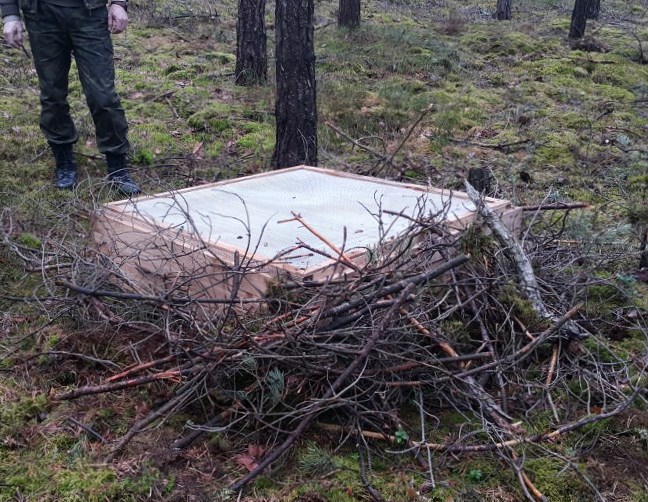
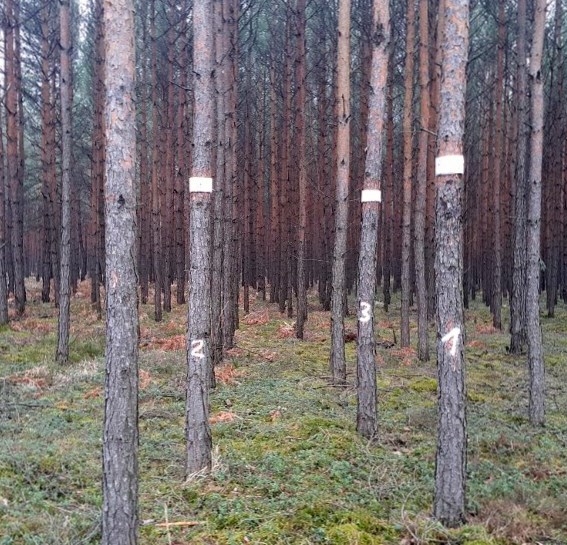
wylęgarka zawierająca 100 poczwarek strzygoni gotowych do wylęgu lepy do odłowu gąsienic barczatki so. i brudnicy mniszki


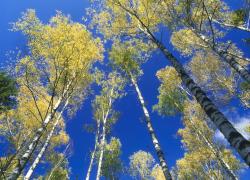 fot. Paweł Fabijański
fot. Paweł Fabijański
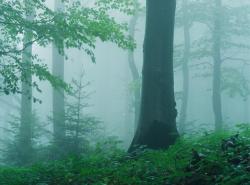 fot. Paweł Fabijański
fot. Paweł Fabijański
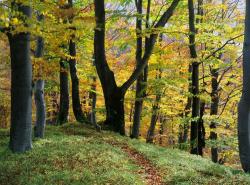 fot. Paweł Fabijański
fot. Paweł Fabijański

